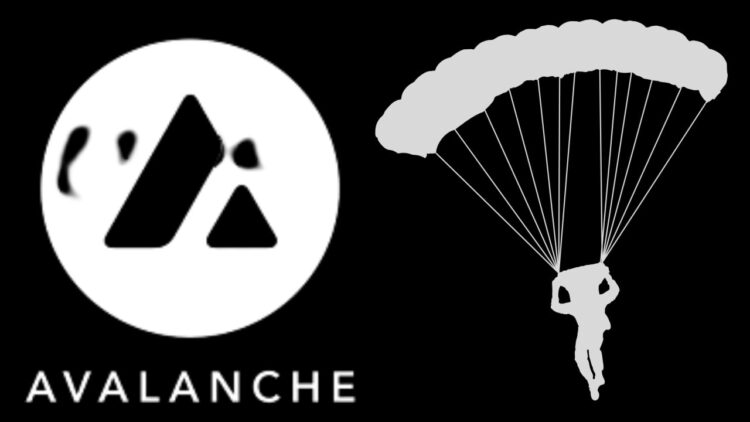In the last few days, the utilization rate of the Avalanche blockchain has been on a decline. The gas limit on the C-chain network has tanked from above 40% to less than 15%.
The key reason for the decline in transaction volume on the network is the Crabada migration. The play-to-earn game, launched on the Avalanche chain, recently migrated to the Swimmer network. The Swimmer network is a sub-net on the Avalanche protocol.
Data from Covalent revealed that over 6400 Crabada users had active Avax wallets on the 13th of May. In the meantime, though, just 83 users have the Avax wallets active. The decline in active wallets amongst Crabada gamers is an indication that the switch to the subnet has been successful so far.
The Good, The Bad, and The Ugly for AVAX
The migration implies that the $TUS token will be used to pay for transaction fees rather than $AVAX. Additionally, lesser fees paid in $AVAX means that the burn rate of the Avax token will decline.
While this sounds bad for AVAX investors, it still has some positives. Subnet validators linked with the network must still validate the main network. Subnets will need to buy $AVAX tokens. This helps to sustain the buying pressure on AVAX.
Before the migration, the blockchain game accounted for over 64% of AVAX’s weekly transactions. Play-to-earn games typically weigh down blockchains much more than regular transactions.
On the good side, the network may not be experiencing congestion anytime soon. The Avalanche network experienced a jagged spike in fees about a month ago. The spike was so severe that the network’s fees exceeded that of Ethereum layer twos. Interestingly, the rapid increase was due to the launch of Crabada. The transfer of the battle game from Avalanche’s C-chain to the swimmer network will improve the throughput of the blockchain significantly.
Avax investors do not need to press the panic button just yet. Although $AVAX is down by 8% in the last 24 hours, the project is still as solid as ever. The current price is simply a reflection of temporary market conditions.










